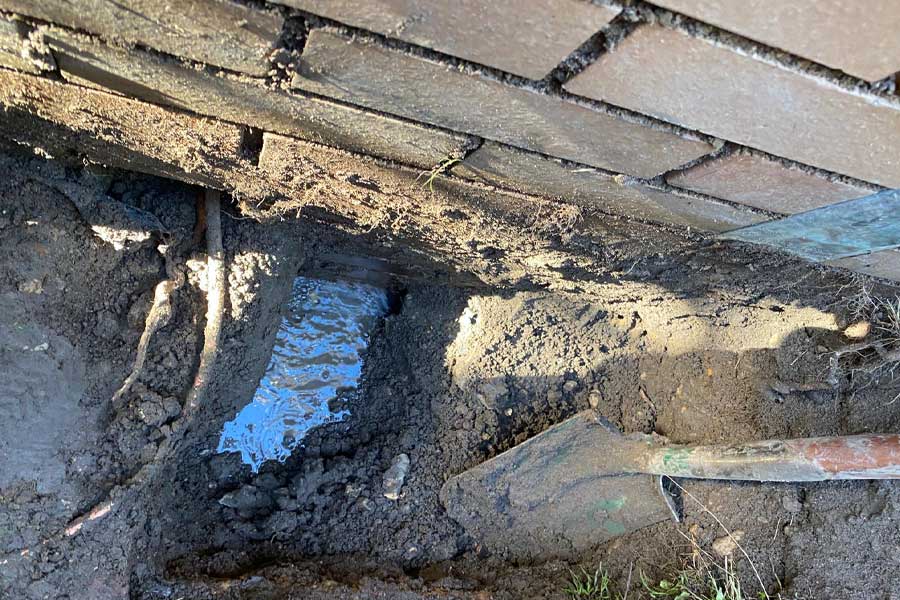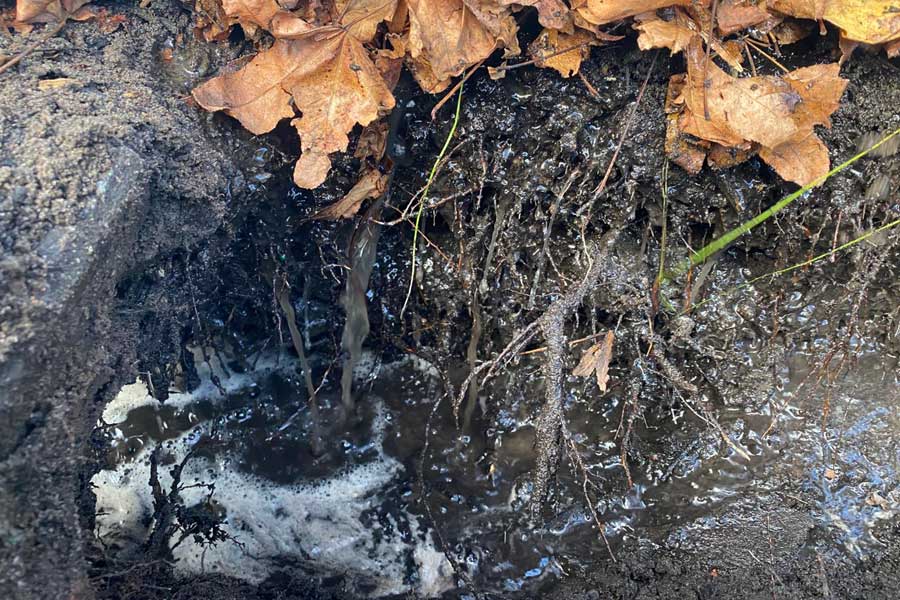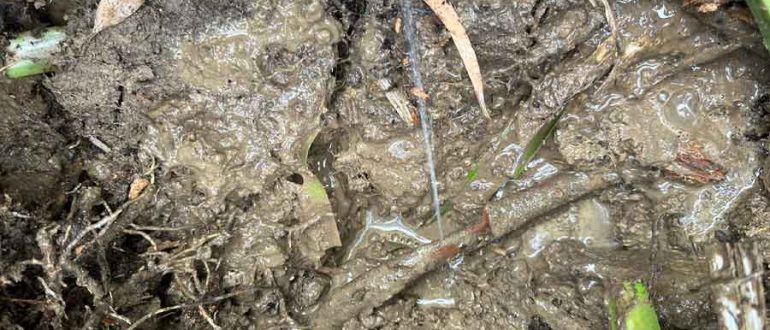Imagine you’re walking outside your house and notice an unusual wet patch on the ground or water pooling where it shouldn’t be. A burst pipe often reveals itself through such tell-tale signs. You might see water gushing out in extreme cases or a continuous wet area that never dries. The ground may be soggy, and in colder climates, you might even notice ice forming. Additionally, in some situations, you might hear a hissing or bubbling sound coming from the pipe or surrounding area.
- What does a burst pipe look like?
- Why do pipes burst?
- Burst pipes outside the house
- Burst pipes underground
- Burst pipes under concrete
- Fixing a burst pipe
- Suspecting a burst pipe
- Detecting a burst pipe
- How insurance can cover a burst pipe
Why do pipes burst?
Understanding why pipes burst can help in preventing such issues. Pipes can burst for several reasons:
- **Freezing temperatures:** When water inside the pipes freezes, it expands, causing the pipes to burst.
- **Corrosion:** Over time, pipes can corrode, weakening their structure and making them prone to bursting.
- **High water pressure:** Excessive water pressure can stress pipes, leading to bursts.
- **Tree root intrusion:** Roots seeking moisture can invade and break through pipes.
- **Poor installation:** Incorrect installation or the use of substandard materials can result in burst pipes.

Burst pipes outside the house
When a pipe bursts outside your house, the consequences can range from mild inconvenience to severe damage. Water leaks outside can flood your yard, damage landscaping, and even impact the foundation of your home. If the burst pipe is part of your main water line, it can lead to a significant loss of water pressure inside your home, disrupting your daily activities.
Burst pipes underground
Burst pipes underground are tricky because they are not visible. These can cause serious issues, including sinkholes, weakened foundations, and water contamination. You might notice a sudden drop in water pressure, an unexplained increase in your water bill, or wet spots in your yard that never dry up. Detecting and fixing these leaks requires specialized equipment and professional expertise.

Burst pipes under concrete
When pipes burst under concrete, such as under driveways or foundations, the problem becomes even more complex. Signs include water pooling in unexpected places, cracks in the concrete, or even a noticeable drop in water pressure. Repairing these leaks often involves breaking through the concrete, which can be costly and time-consuming.
Fixing a burst pipe
Fixing a burst pipe can be a daunting task, but it’s essential to act quickly to prevent further damage. Here are the steps to take:
- **Shut off the water supply:** Locate and turn off the main water valve to prevent more water from escaping.
- **Drain the pipes:** Open all faucets to drain the water left in the pipes.
- **Locate the burst:** Find the exact location of the burst to assess the damage.
- **Repair or replace the pipe:** Depending on the extent of the damage, you may need to patch the burst or replace the entire section of pipe.
- **Turn the water back on:** Once repaired, slowly turn the water back on and check for any leaks.

Suspecting a burst pipe
If you suspect a burst pipe, don’t wait for visible signs of damage. Here are some common indicators:
- **Unexplained puddles:** Water pooling in your yard or driveway without a clear source.
- **Low water pressure:** A sudden drop in water pressure throughout your home.
- **Increased water bills:** A noticeable spike in your water bill without increased usage.
- **Sounds of running water:** Hearing water running when all faucets are turned off.
Detecting a burst pipe
Detecting a burst pipe requires a combination of observation and technology. Here are some methods:
- **Visual inspection:** Look for wet spots, puddles, or water damage in and around your home.
- **Sound detection:** Listen for hissing or bubbling sounds that might indicate a leak.
- **Pressure testing:** Use a pressure gauge to check for drops in water pressure.
- **Professional help:** Hire a plumber with specialized equipment like leak detection tools to pinpoint the burst.
How insurance can cover a burst pipe
Dealing with the aftermath of a burst pipe can be costly, but insurance can help cover the expenses. Homeowners insurance typically covers sudden and accidental water damage from burst pipes. However, it’s crucial to understand the specifics of your policy:
- **Review your policy:** Know what’s covered and what’s not to avoid surprises.
- **Document the damage:** Take photos and keep records of the damage and repairs.
- **File a claim:** Contact your insurance company promptly to file a claim.
- **Preventative maintenance:** Regular maintenance can help avoid future issues and keep your coverage valid.
A burst pipe outside your house can lead to significant problems if not addressed promptly. Recognizing the signs, understanding why pipes burst, and knowing how to detect and fix a burst pipe can save you time, money, and stress. Additionally, being aware of how your insurance can cover such incidents ensures you’re prepared for any eventuality. Stay vigilant, conduct regular maintenance, and don’t hesitate to seek professional help when needed.

